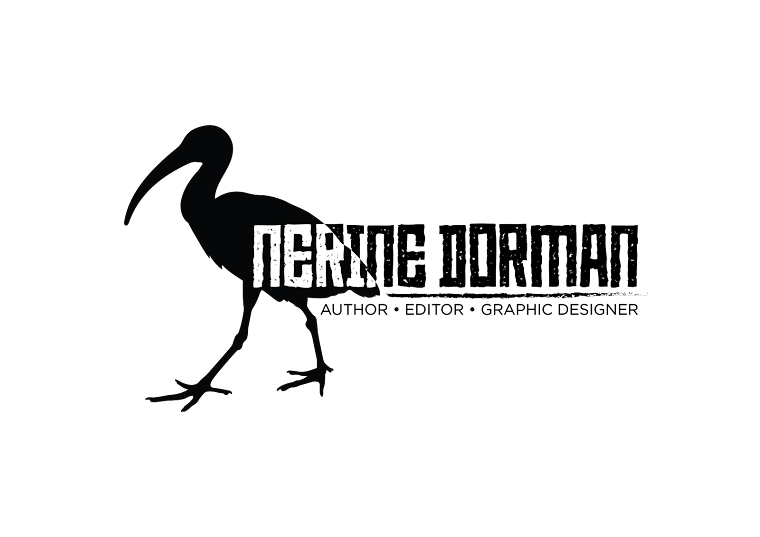If this Frogs of Southern Africa by Louis du Preez and Vincent Carruthers had fallen into my hands when I was a preteen, chances are good I might've spent even more time poking about rivers, vleis and any other places where frogs are to be found. As it is, I was that weird girl child who was constantly bringing home tadpoles so she could watch them become frogs. (Alas, my mom's poor jelly bowl that was press-ganged into serving as an aquarium.)
And I loved visiting my grandparents during autumn and winter, as it meant there was a chance that I could find tadpoles. Catching frogs was another matter entirely, but I was pretty quick. And whenever I went hiking or travelling, my mom would always tell me to stop and listen to the froggy choruses. Going to sleep at night, even here at home, when there's been rain, and hearing the frogs – that is without price.
Thing is, I've never been able to match up the frogs' calls with their names. Until now. This book is gold, and I suspect it's the kind of guide that will appeal to not only your average nature lover, but also be useful to those who're a bit more serious about their studies.
Okay, now the best thing about the book (for me, that is) is the QR codes that link to the frogs' calls. I spent a long, long time identifying all those frogs that I'd heard over the years, discovering yes, that the frogs in my grandparents' back garden were Cape moss frogs, and that yes, I've heard the call of micro frogs. Obviously the downside is that you're not always going to be in an area with internet when you're out and about, but hey ... you can always record the frog call with your phone for later identification (yes, I've done that before). Or you can download the calls to your phone, if you've got the capacity.
Next thing: While this isn't going to be the book that you tuck into your backpack while hiking, its size does mean that the many photographs are big and clear enough for you to make good identifications. Not only that, but morphological differences have, where possible, also been included, along with handy size guides for the smaller beasties.
The clear distribution maps are useful too, so depending on whether you're only hearing a frog or you've spotted it, you've got two potential methods for identification. More often than not, frogs are heard and not seen, so by having a basic idea of what a particular family sounds like, it's quite easy to go by distribution to figure out which frog you're looking at.
The front matter is pretty thorough, giving not only a list of the species in southern Africa, but basic morphology and physiology, reproduction and vocalisation, their environments, their relationships with humans, and field keys and descriptions.
I always knew that we had loads of frogs in southern Africa, but I had absolutely no idea of their diversity, and the broad range of habitats in which they live. But something I've come to realise too, looking at this book, is that frogs are an important indicator of our environment's state. Because they are dependent on water, they are often among the most vulnerable species when it comes to habitat degradation and pollution. If the frogs fall silent, then I fear we're in deep, deep trouble. They truly are marvellous creatures that play an integral part in any ecosystem, and are totally deserving of our protection.


No comments:
Post a Comment